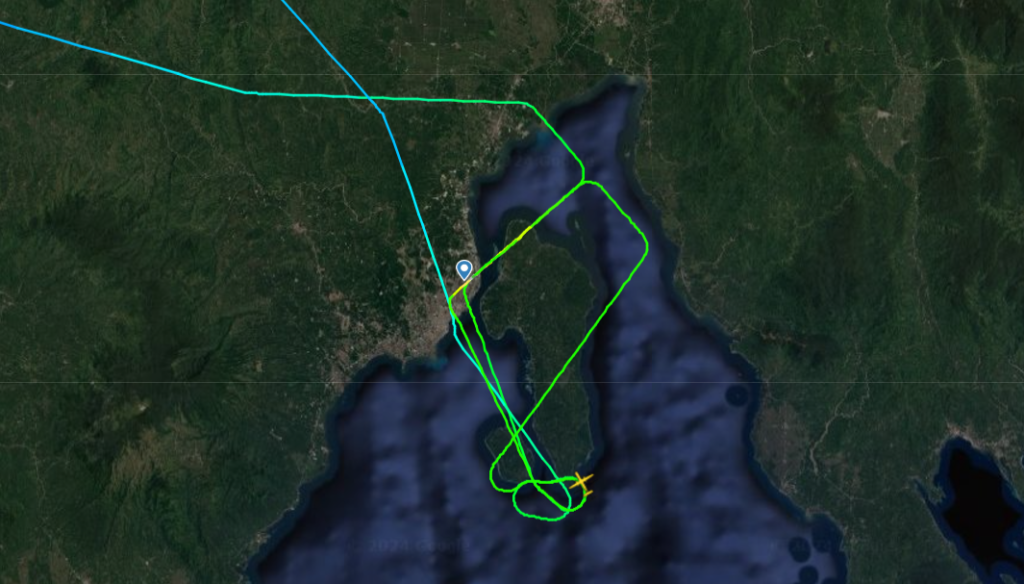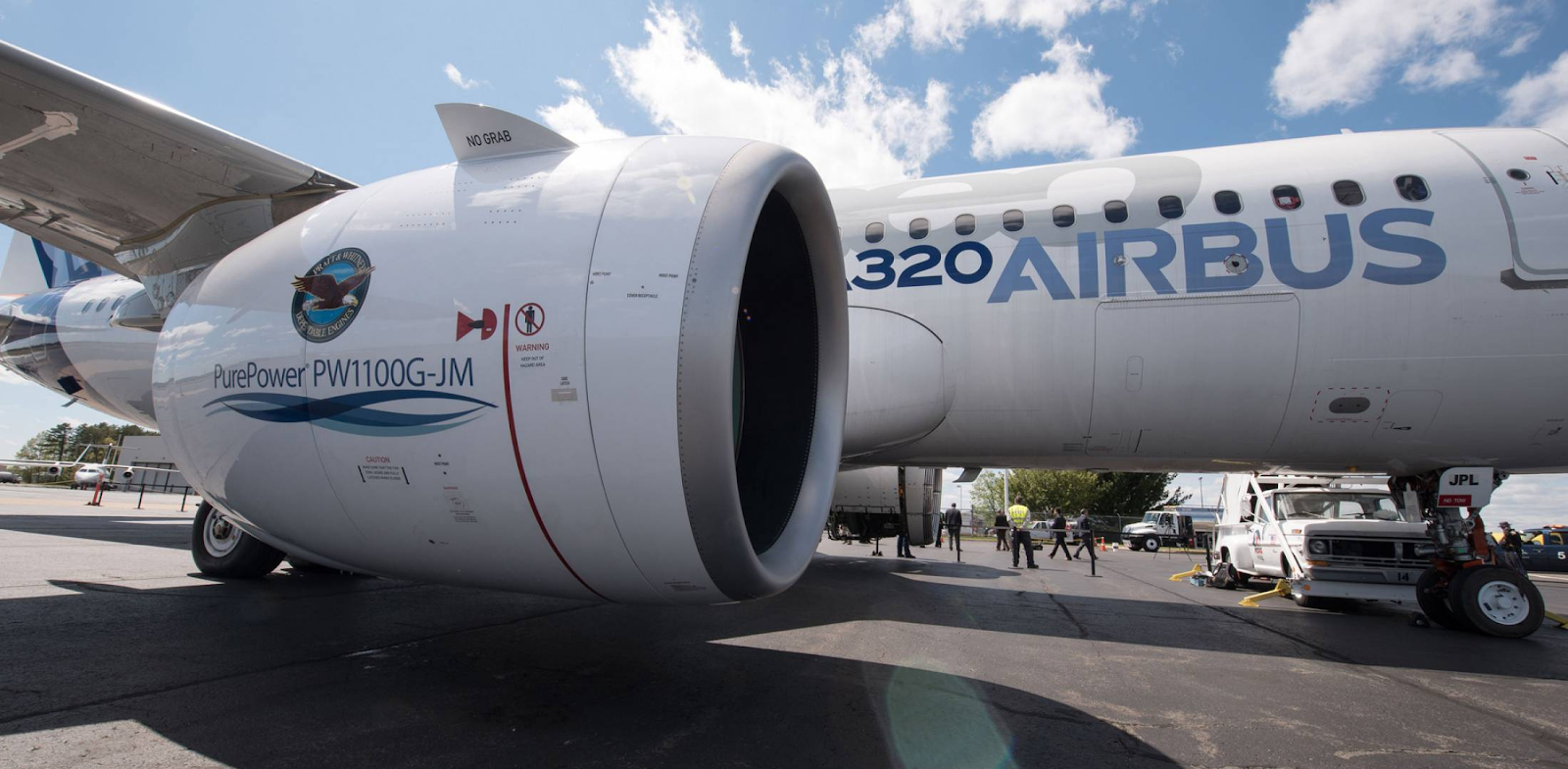Let’s talk about something that happens in aviation that you might not know about: go-arounds.
Have you ever been on a flight approaching the runway, and then suddenly, the engines roar to life again and you’re climbing back up? That’s a go-around. It’s not something to worry about, actually it’s a perfectly normal and safe maneuver. Think of it as a “teka muna!” moment for pilots. It’s when the pilots decide that something isn’t quite right for landing – maybe there’s another plane on the runway, the wind shifted suddenly, or the plane isn’t properly configured. Whatever it is, it’s safer to, well, go around and try again.
In professional terms, a go-around is a “rejected landing procedure”. It’s a maneuver where the pilot abandons the approach to landing, increases engine power, and climbs back to a safe altitude to either try the approach again or divert to another airport. It’s a standard procedure, and pilots are well-trained for it. Honestly, it’s better to go around a hundred times than to force a landing that isn’t safe, di ba?
Why go around?
Now, why would pilots decide to go around? Several reasons, actually. But you know, the most common trigger? It’s often a sudden change in weather. Think about it, we live in the Philippines. One minute it’s sunny, the next, a sudden downpour or a crazy crosswind. Approaching the runway is a very precise thing, and it requires everything to be just right. So, sudden wind shifts, gusts, a squall that pops up out of nowhere, or visibility dropping below minimums? Time to go around. It’s better to circle around and wait for things to settle down rather than risk a tricky landing.
Of course, other things can cause a go-around too. Runway obstructions are another big factor. This could be anything — another aircraft still on the runway, a vehicle, or even wildlife. I remember a story from a friend, a pilot for PAL, who had to go around because a flock of birds suddenly decided to have a party right over the runway. Better to scare them away and land later rather than risk engine trouble. And sometimes, it’s the aircraft itself – maybe it’s not stable on the approach, isn’t properly configured for landing (like the flaps aren’t set correctly), or the pilot doesn’t get the proper visual cues required to land the plane. It’s a complex decision-making process, but it always boils down to one thing: safety.

What happens during a go-around?
So, what exactly happens when a go-around is initiated? First, the pilot flying announces “go-around” and pushes the thrust levers forward, applying full power. Pilots will then pitch the aircraft up to start climbing, retracting the flaps and landing gear. It’s like hitting the reset button on the landing process. The plane climbs back to a predetermined altitude, and the pilots coordinate with air traffic control to figure out the next step. This could be another attempt at landing on the same runway, trying a different runway, or even diverting to a different airport if needed.
Sometimes the go-around might be a bit bumpy. Don’t worry; that’s just the plane adjusting. It’s similar to hitting a small pothole on the road — a bit jarring, but usually harmless. Think about how it feels when you’re in a car and the driver suddenly accelerates – you feel a jolt, right? It’s pretty much the same in a plane. The pilots are in control, and they know what they’re doing. Actually, sometimes passengers don’t even realize a go-around has happened. It can be that smooth.
What passengers should know
If you ever experience a go-around, the most important thing is to stay calm. I know, it’s easier said than done when the engines suddenly roar and you feel like you’re going up instead of down! But remember, it’s a standard safety procedure, and it happens more often than you think. The pilots are trained to handle these situations, and they’re doing it to keep everyone safe. Just follow the instructions of the cabin crew, relax, and trust that the professionals up front know what they’re doing. It’s no different than taking a detour on the road because of heavy traffic, right? You might get delayed a bit, but it’s better than getting stuck — or worse.
Next time you’re flying, you’ll know what’s up if you suddenly hear the engines spool up during landing. You’re in good hands! So, enjoy your flight, and don’t worry too much about the technical details. Leave that to the pilots — they’ve got it covered. And besides, think of it as an extra scenic loop — you get a bit more time in the air and maybe a better view the second time around! Safe skies, everyone!






















Leave a comment